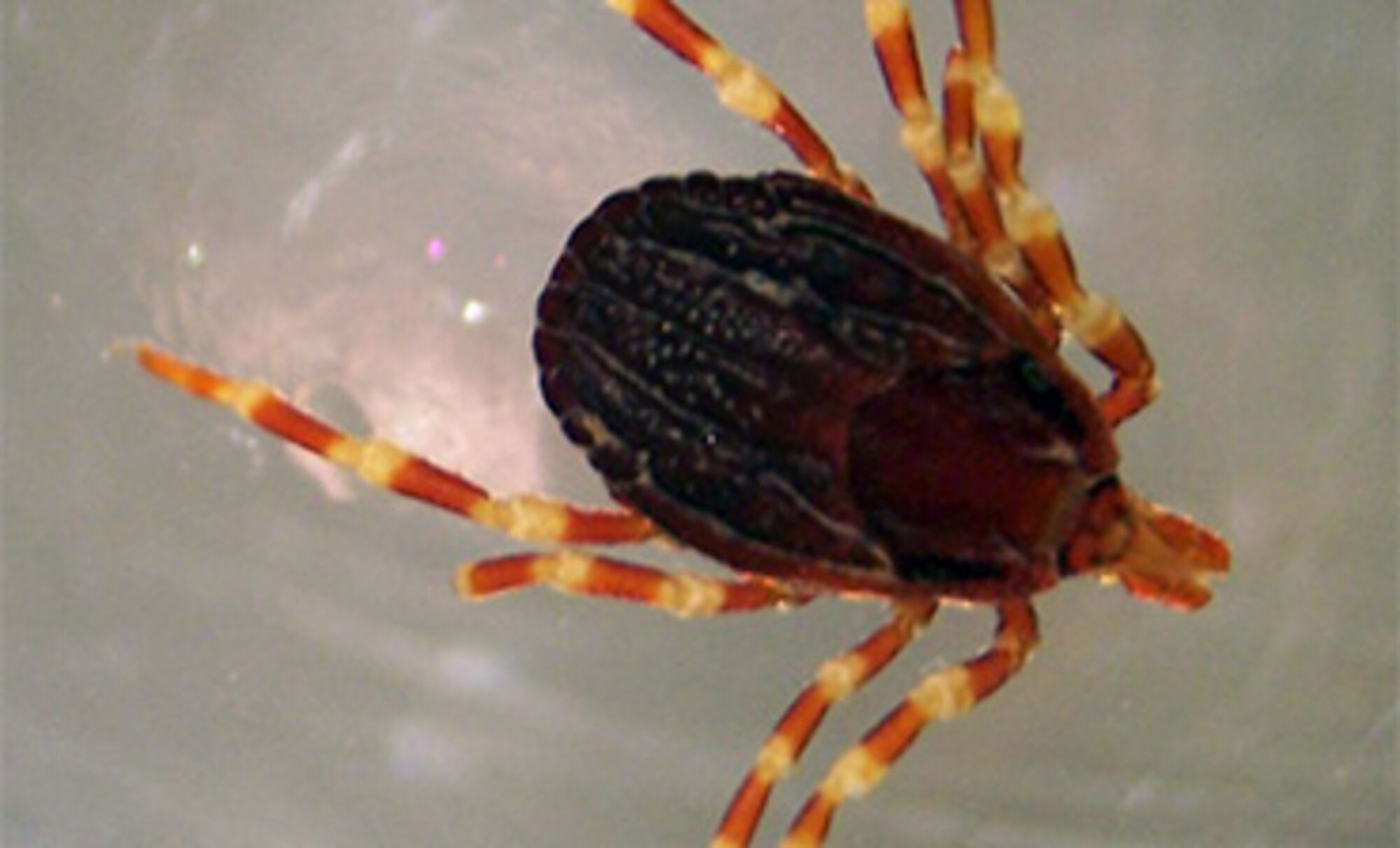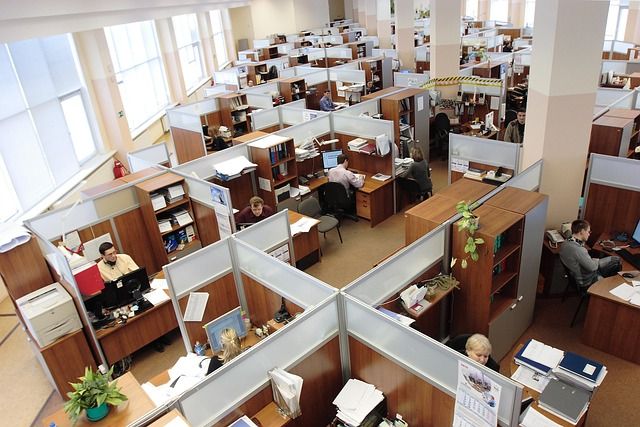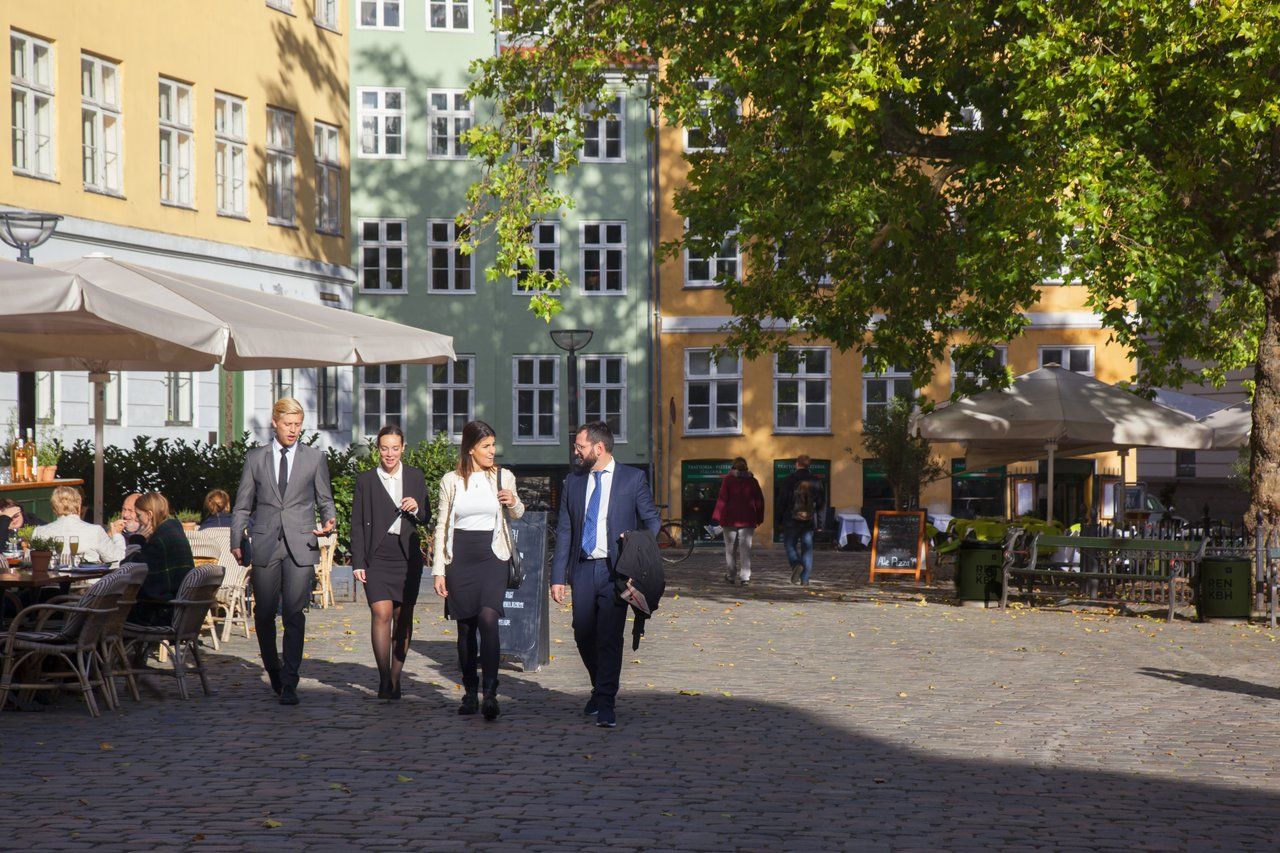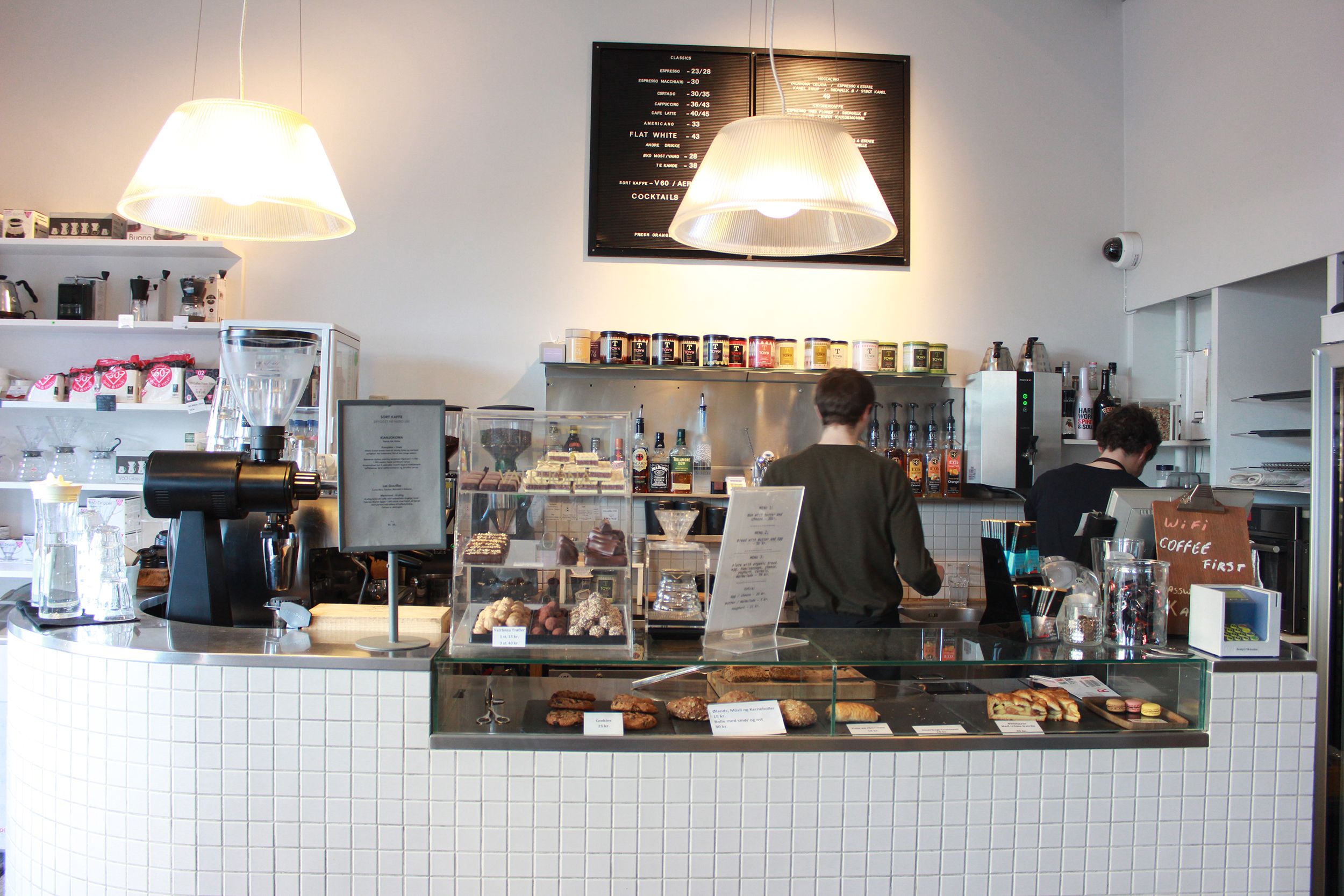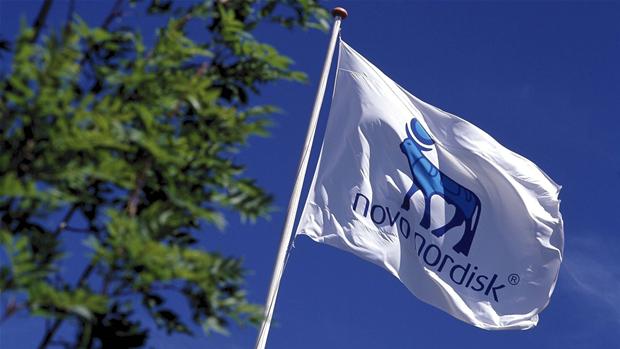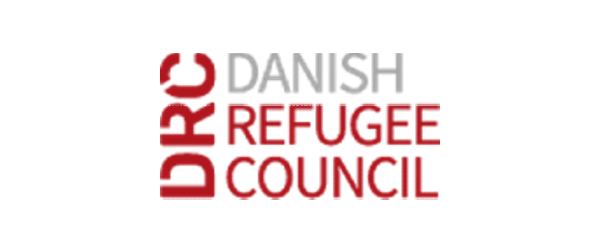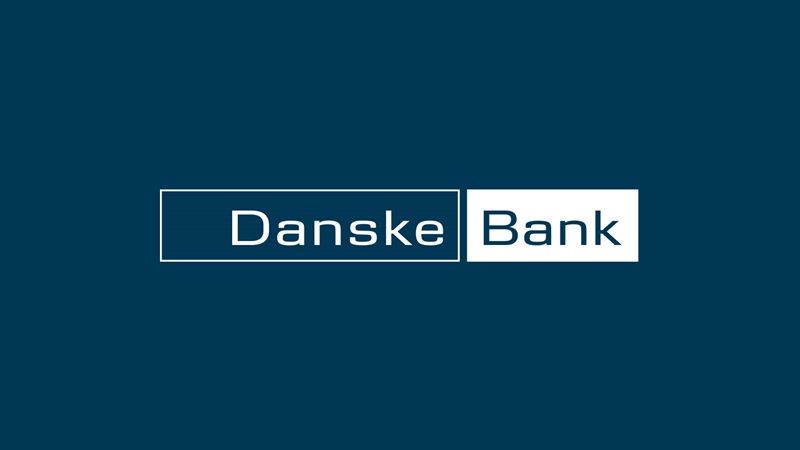Wild boars have returned to the Danish landscape for the first time in 200 years, much to the delight of hunters and nature enthusiasts. Farmers, on the other hand, are not so happy.
The wild boars have probably been in Denmark for a few years now, but their presence is emerging publicly now because the environment and energy centre, DCE, have only just added the wild boars to their wild-game lists that hunters are required to fill out at the end of hunting seasons.
Bo Håkansson, a biologist from nature conservators Danmarks Naturfredningsforening, is excited that the wild boars have made a return to Denmark, predominantly in southern Jutland.
“Wild boars are particularly good for forested areas because they root about the forest floor with their snouts and turn the earth,” Håkansson told Jyllands-Posten newspaper. “That provides a more varied forest floor and a richer botanical foundation.”
The wild boars have returned despite there being a ‘shoot on sight’ ordinance in Denmark. And while nature enthusiasts are pleased to once again see boars in Denmark, the country’s agriculture sector is less enamoured with the news.
Current Danish law does not provide farmers with compensation for crops destroyed by the boars, despite the fact that the boars can cause massive amounts of damage.
“The wild boars stick their snouts into the ground and can plough up entire fields. Fields can end up looking like a bombing site,” Håkansson told Jyllands-Posten. “It can be very extreme and is certainly not enjoyable for the farmers.”
Håkansson pointed to Swedish law as an example of how the re-emergence of wild boars should be handled, but the Danish agriculture sector is vehemently against the boars being able to return.
They argue that, aside from the damage to crops, the return of the boars could severely compromise the Danish billion-kroner pork export because of the diseases boars can carry.
“The financial consequences attached to an outbreak of swine fever are devastating to the farmers involved, as well as the national economy,” a 2005 report from the Food Ministry said. “Denmark is particularly vulnerable because we are the world’s leading exporters of pork meat. Free-roaming wild boar would increase the average costs associated with swine fever by 500-700 million kroner.”
According to Lars Hvidtfeldt, a spokesperson from the agriculture and food council, Landbrug & Fødevarer, the effects on the pork industry could be even higher today because Denmark has increased its exports.
Interestingly, the return of the wild boars has coincided with the much-publicised return of the wolf.
As is the case with the wild boars, the re-emergence of the wolf has generated a mixed response.
The nature society in Denmark is pleased to see the predator return to the country, while farmers contend that the wolves are a threat to their livelihood, a point that may have been supported by the second case of a large predator killing and devouring sheep in east-Jutland yesterday.
The grizzly sheep maulings have come just a week after a wolf was discovered via a wildlife photo trap in the region and just months after the first wolf was spotted in Denmark in almost 200 years.
The environment minister, Ida Auken (Socialistisk Folkeparti), said today that Denmark needs to have a plan for how to deal with the wolves.
"It is terrific that we have the wolves back in Denmark," Auken said in a statement. "Now we need to ensure that our relationship to the wolf not be destroyed by the fact that we have many competing interests. Therefore, we need to come together and make a joint plan in which Denmark is a good country for wolves, and wolves are a good animal for Denmark."




